Meet Carlo Ratti, the architect curating the 2025 Venice Architecture Biennale
We meet Italian architect Carlo Ratti, the curator of the 2025 Venice Architecture Biennale, to find out what drives and fascinates him ahead of the world’s biggest architecture festival kick-off in May
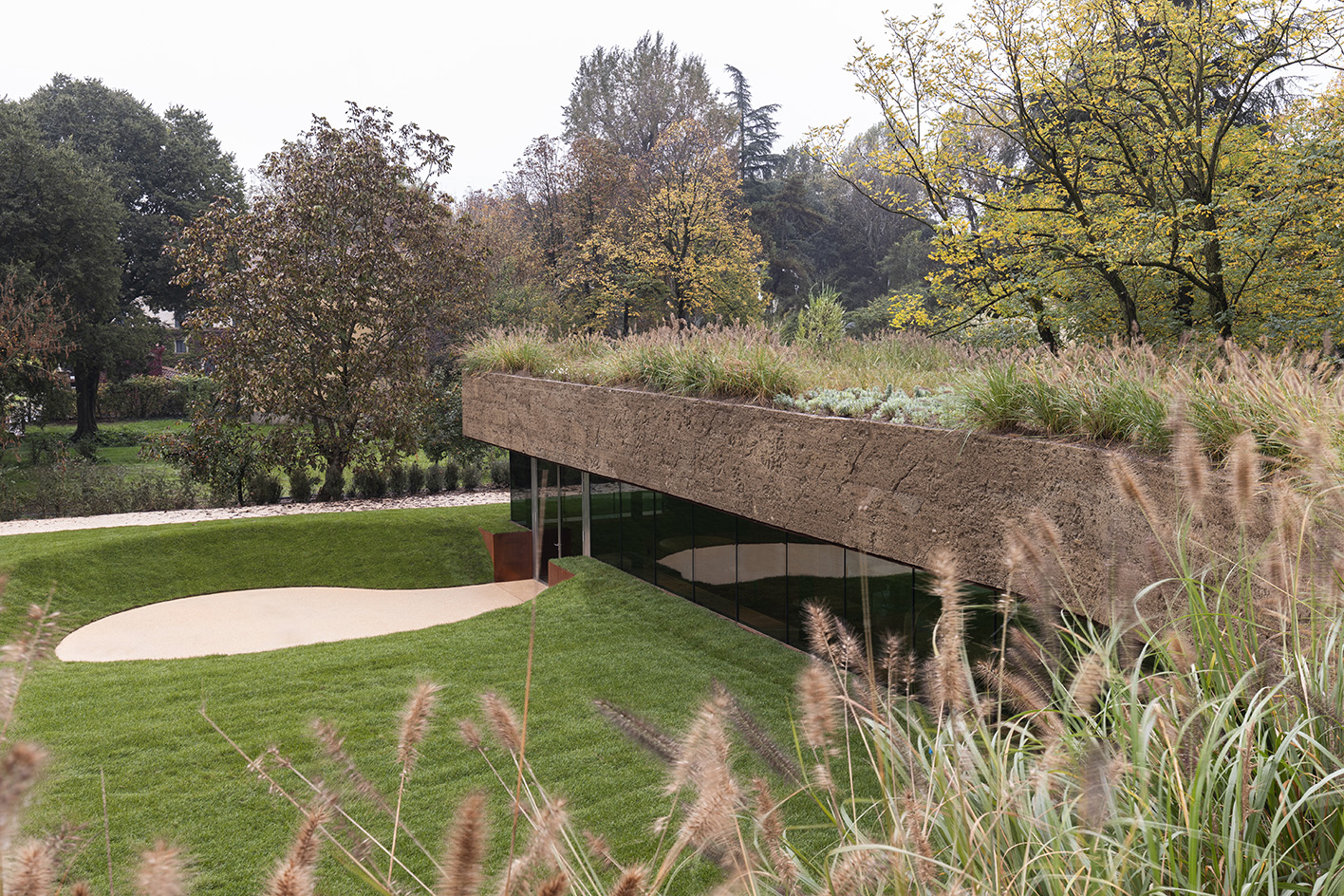
Architect Carlo Ratti's passion for cities and architecture is palpable – and contagious. The Italian founder of Carlo Ratti Associati is big on innovation and design that pushes the boundaries of conventional architecture, applying his experiments and research findings on every scale, from installation to buildings and the wider urban setting. He also enjoys looking to nature for inspiration.
Ratti was announced as the Venice Architecture Biennale 2025 curator in December 2023. With the event kicking off in early May, he has been hard at work putting together the world's leading festival for the built environment ever since – delving into the architectural zeitgeist and introducing the biennale's first-ever open call for submissions. We met with Ratti before the launch to learn more about his work, motivations, and fascinations, and we offer you a glimpse into the mind of the man set to dominate the headlines come spring.
An introduction to architect Carlo Ratti
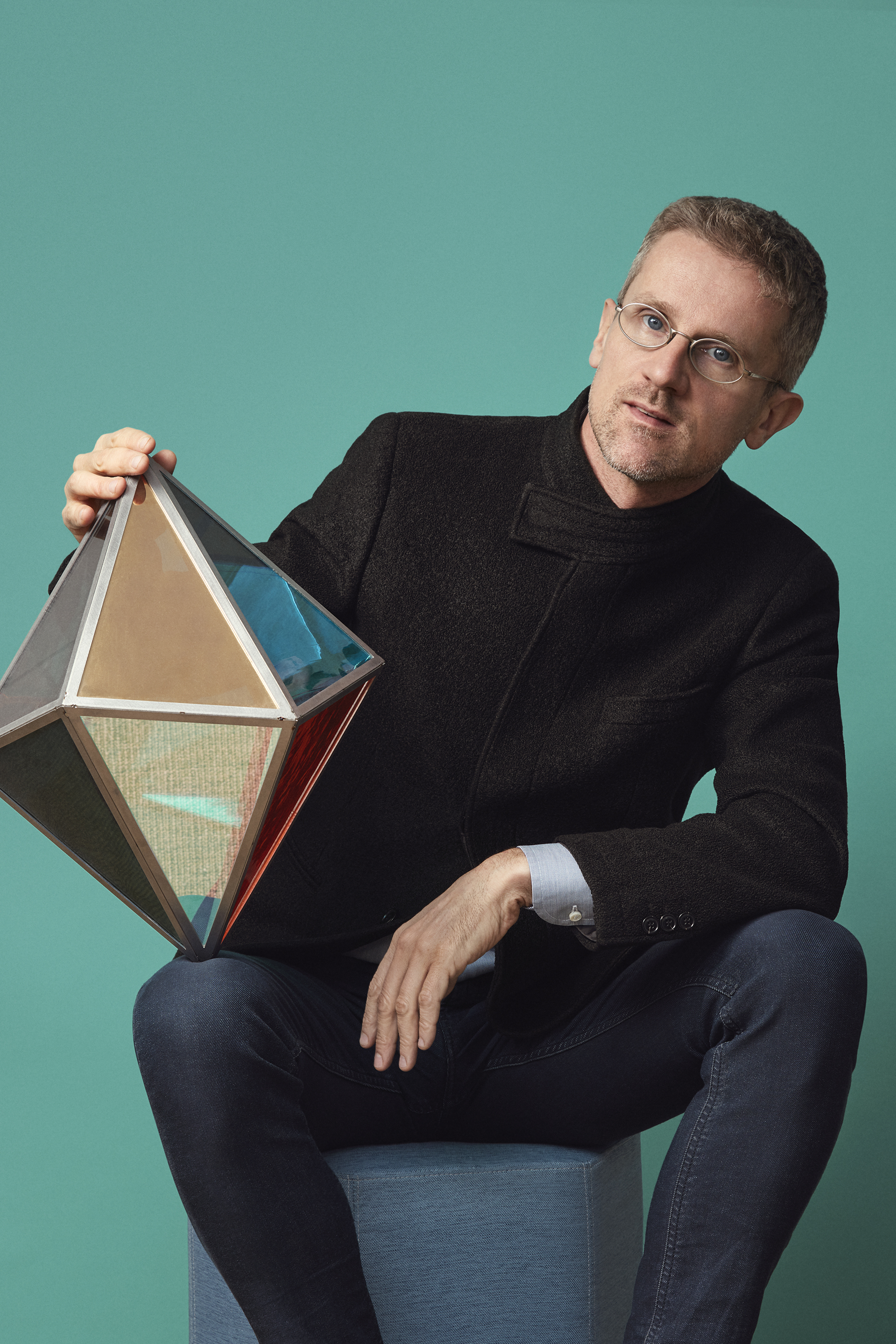
Carlo Ratti
Wallpaper*: What fascinates you and drives your practice?
Carlo Ratti: If you look at the work of [Marc-Antoine] Laugier in 18th-century France, he talked about this concept of the 'primitive hut' to explain the origins of architecture. His idea was that architecture starts when the climate is against us. If the climate is not against us, if the weather is perfect, there's almost no need for architecture. Today, the climate is certainly becoming more extreme, and when this happens adaptation in architecture is the only hope.
This search is also about looking at different answers. There's a lot of literature that looks at the world of cities and buildings evolving in a manner that's not that different from the natural world. So we can try things, we see what works and what doesn't. It's almost this kind of evolutionary system, a trial-and-error kind of approach.
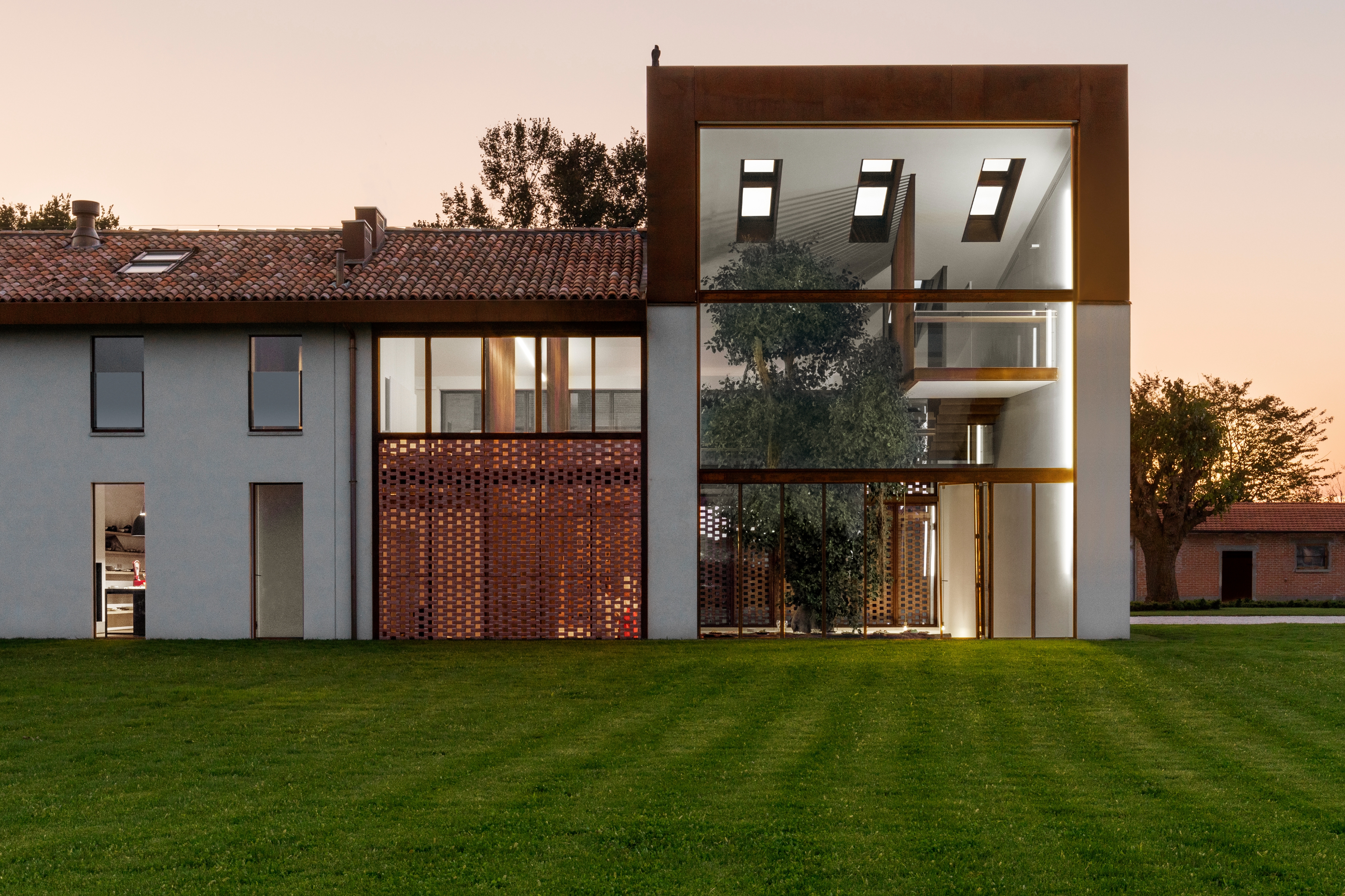
Carlo Ratti and Italo Rota completed a house in Italy's Parma region, the Greenary, for food company CEO Francesco Mutti
W*: What's missing from architecture today?
Carlo Ratti: Somehow this leads into the themes of the biennale ['Intelligens: Natural. Artificial. Collective.'], as I would say one of the key things to look at today is how architecture can bridge the natural and the artificial. Linking the two worlds is, I think, something that's particularly important today.
Wallpaper* Newsletter
Receive our daily digest of inspiration, escapism and design stories from around the world direct to your inbox.
W*: Is the answer in mimicking and mirroring nature, or working with it in a symbiotic, collaborative way?
CR: It's a beautiful question. People talk a lot about biomimicry, which is when you're copying nature, but here, it's more than copying nature per se. It is about copying the logic of nature. Nature has this kind of trial-and-error system, which can be the core of the way we design.
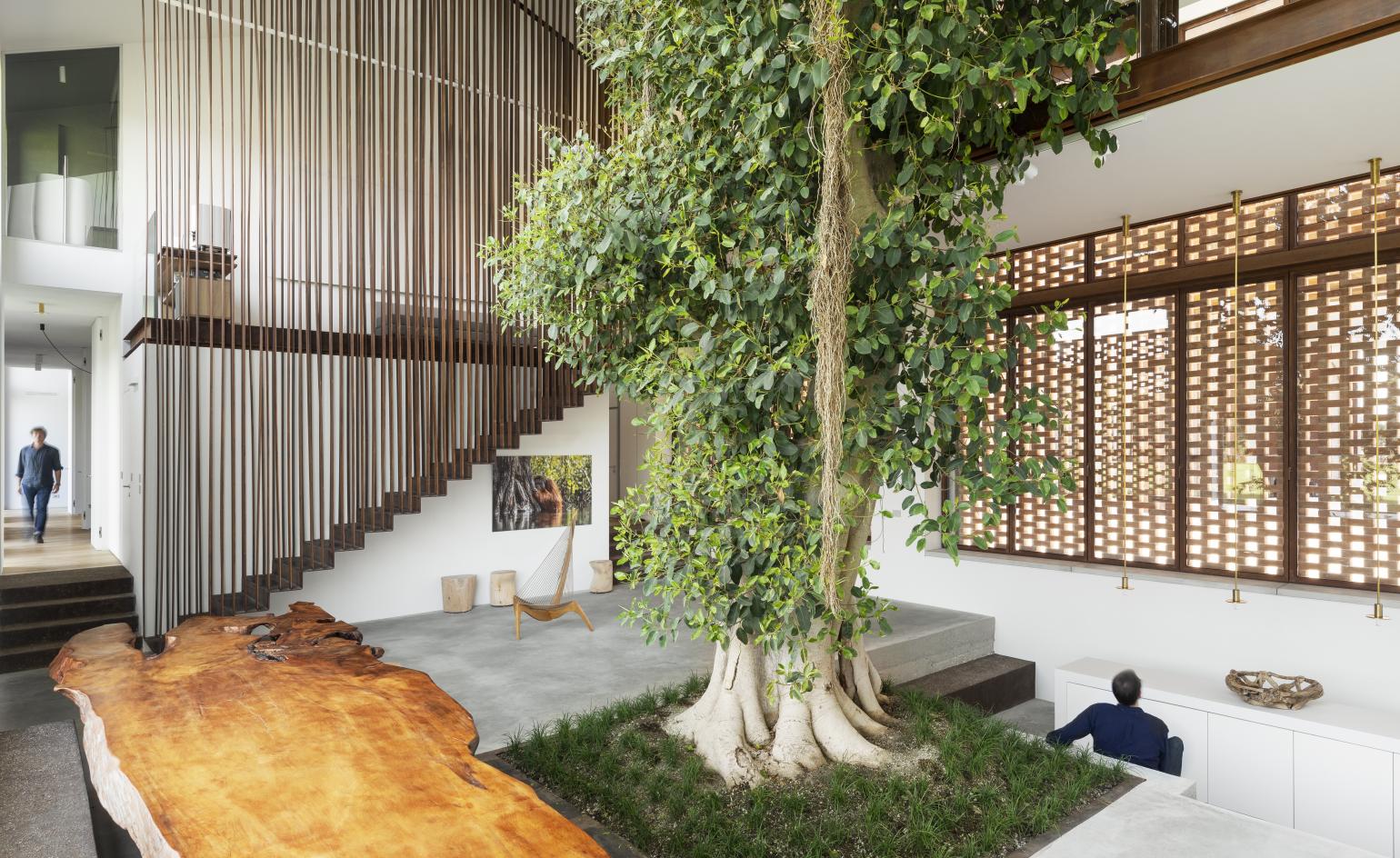
The Greenary blends nature and technology
W*: Where do you think are unexplored opportunities in today's architecture world?
CR: Opportunities lie in working more collaboratively. Traditionally, architects have always been this inspired, singular professional. I am thinking of a Fountainhead persona, this architect alone, being able to solve problems. But I think we need to work more collaboratively. I always try to have teams of different disciplines working together. I call this approach the 'choral' architect. For example, through my work at MIT [where Ratti teaches, directing the Senseable City Lab], I do research where we have people coming from design, architecture, and planning but also a lot of computer scientists, economists and so on, all working together.
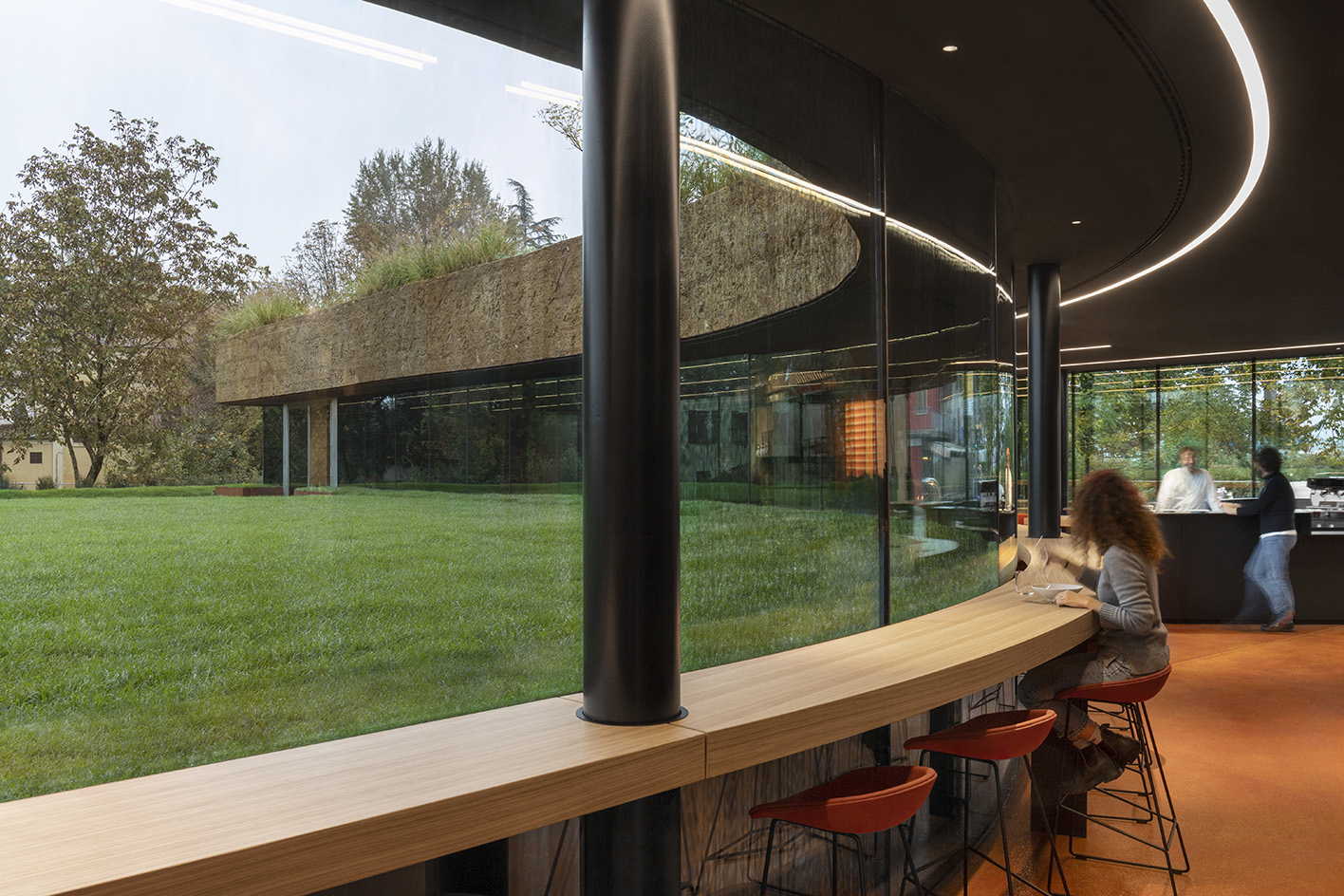
Mutti Canteen balances natural exterior with bold interiors
W*: How do you see these elements informing your curation for the biennale?
CR: I try to do the same with my curation and the biennale projects [more will be revealed later this month]. At the office, it is a bit more focused, as you work differently when you need to deliver a building or a master plan, but certainly, we're trying to apply the same thinking in both places. Ultimately, the idea of 'disciplines' is something artificial. There's a beautiful book by Edward O Wilson, which talks about the unity of knowledge. The disciplines had to be divided and separated because of the difficulty of managing all of the growing body of human knowledge at once. But we are trying to reintegrate them and look at the whole.
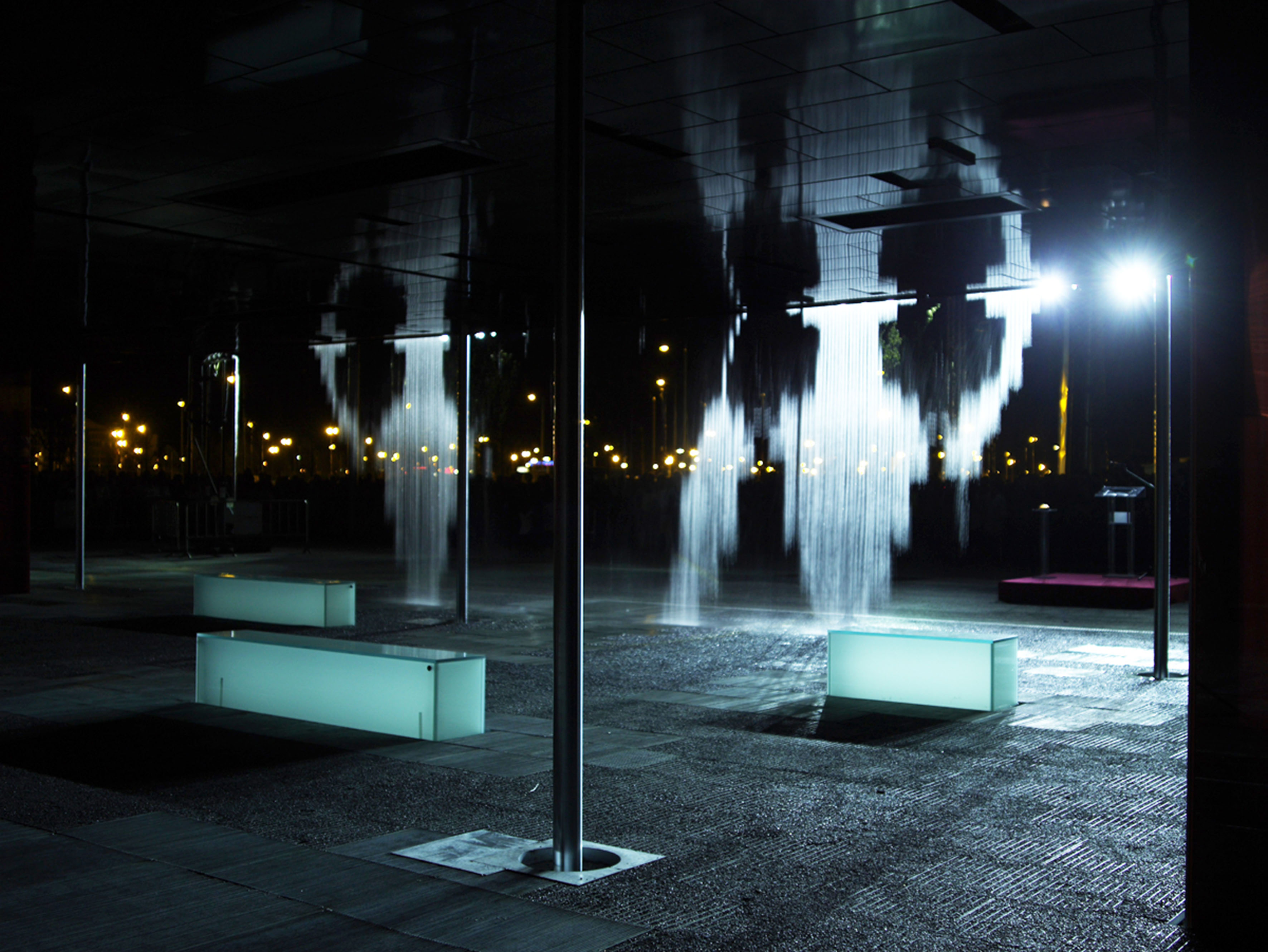
The water-inspired Saragossa Pavilion
W*: Which projects do you consider landmark for your practice, and why?
CR: I think these would be two projects I had at the very beginning of my practice in 2008. They both explored this mixing of the natural and the artificial. One was the digital water pavilion in Saragossa, a building completely made of water but controlled digitally so that it creates an architecture made of droplets; and the other one was a building in the centre of Milan, an extension for the Trussardi fashion house. It was the first project in Italy with Patrick Blanc, the French botanist. Both of them explored boundaries in different ways.
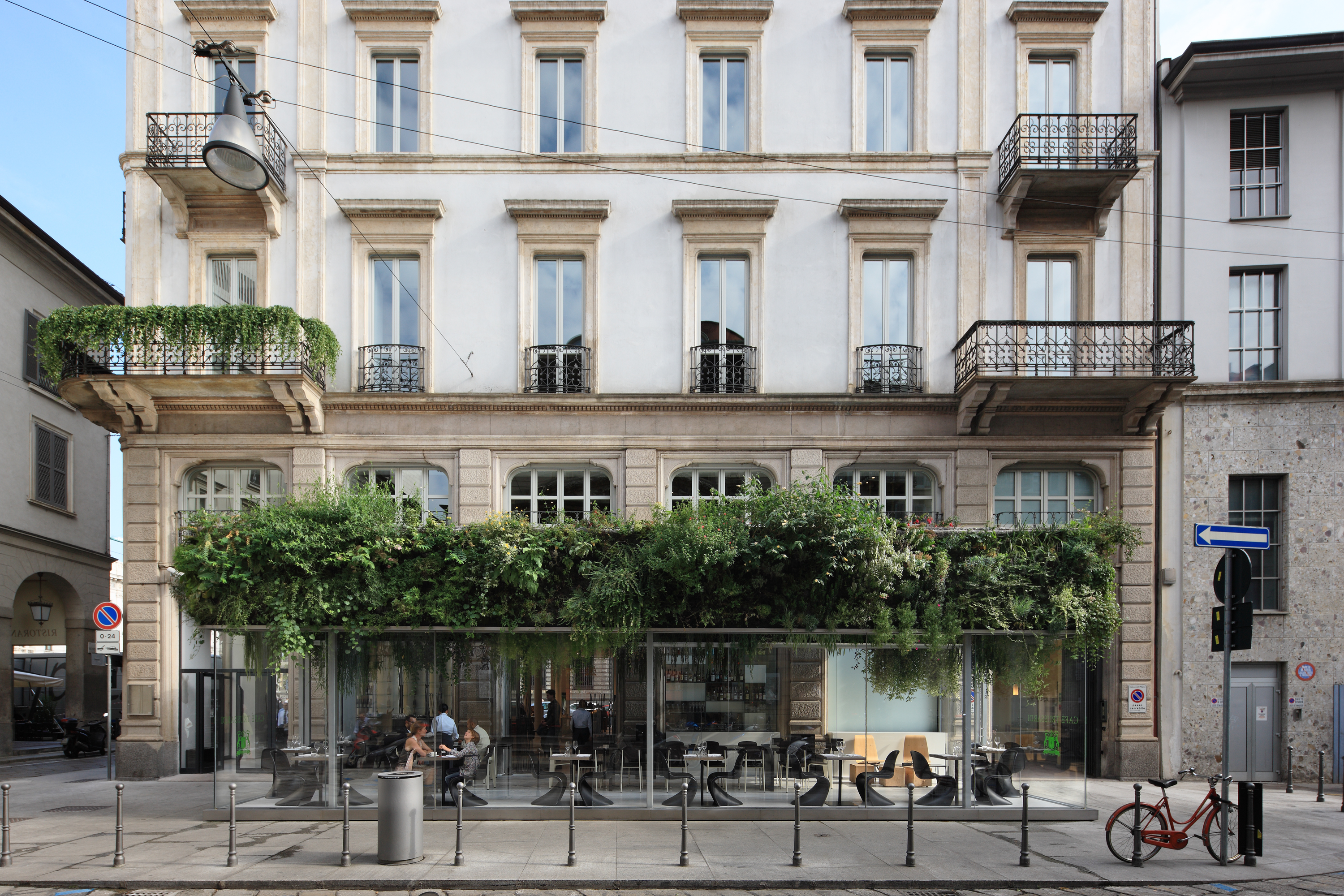
W*: There is a lot to be excited about. What within our environment makes you smile?
CR: I will go back to what Carlo Scarpa said, that 'between a tree and a house, choose the tree'. My answer is the amazing complexity of nature, and what an incredible designer nature is. Any tree you might look at, it's an incredible system: it gets energy from the sun, all the materials are created locally, and when everything is over, it all goes back to the environment in a circular way.
The 2025 Venice Architecture Biennale will run 10 May till 23 November 2025
Ellie Stathaki is the Architecture & Environment Director at Wallpaper*. She trained as an architect at the Aristotle University of Thessaloniki in Greece and studied architectural history at the Bartlett in London. Now an established journalist, she has been a member of the Wallpaper* team since 2006, visiting buildings across the globe and interviewing leading architects such as Tadao Ando and Rem Koolhaas. Ellie has also taken part in judging panels, moderated events, curated shows and contributed in books, such as The Contemporary House (Thames & Hudson, 2018), Glenn Sestig Architecture Diary (2020) and House London (2022).
-
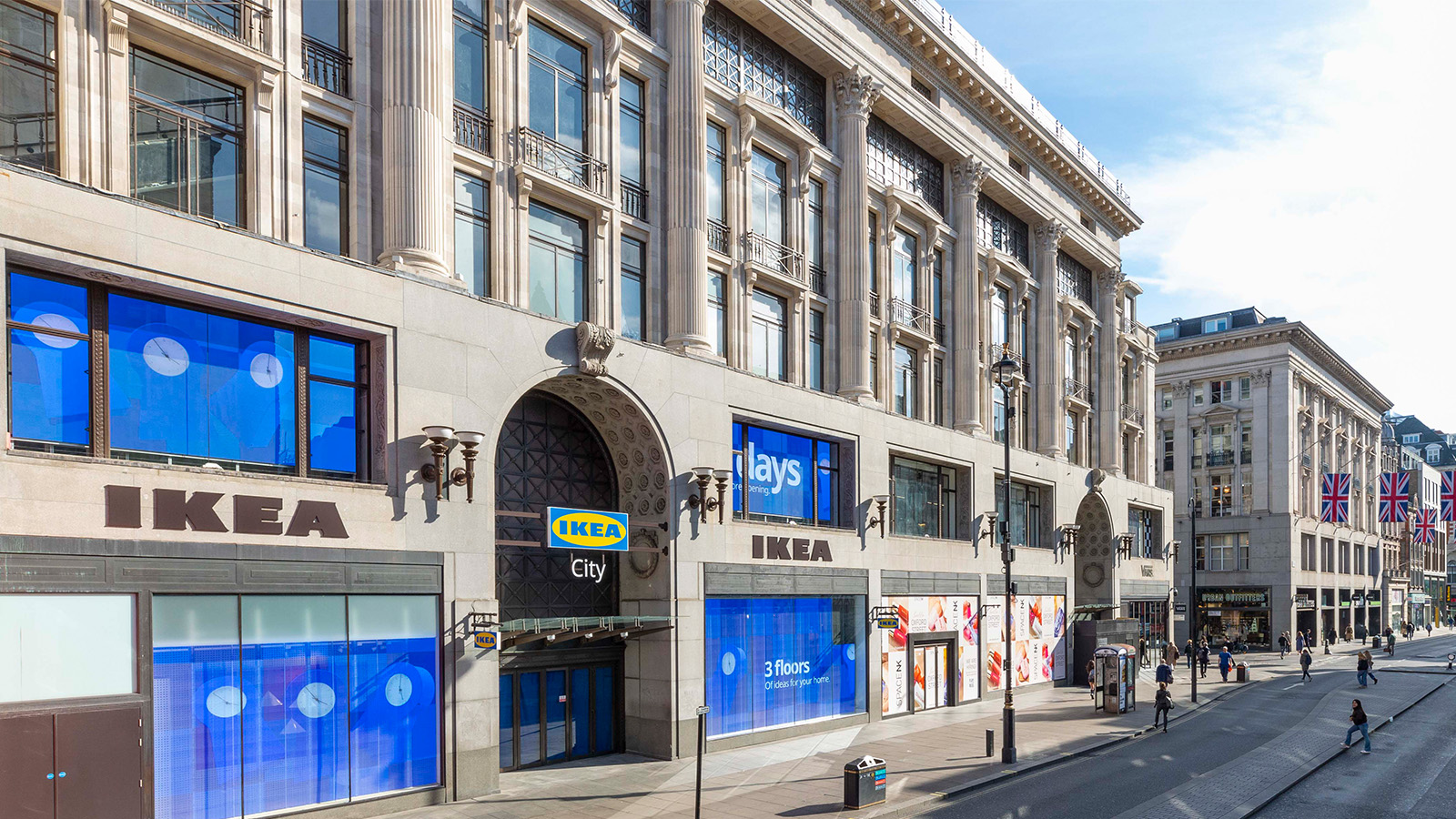 A first look inside the new Oxford Street Ikea. Spoiler: blue bags and meatballs are included
A first look inside the new Oxford Street Ikea. Spoiler: blue bags and meatballs are includedThe new Oxford Street Ikea opens tomorrow (1 May), giving Londoners access to the Swedish furniture brand right in the heart of the city
-
 For the 2025 Eurovision theme art, Swiss design principles get a glow-up
For the 2025 Eurovision theme art, Swiss design principles get a glow-upLondon-based branding agency NOT Wieden+Kennedy marries graphic design history and exuberance in its theme art for this year's song contest
-
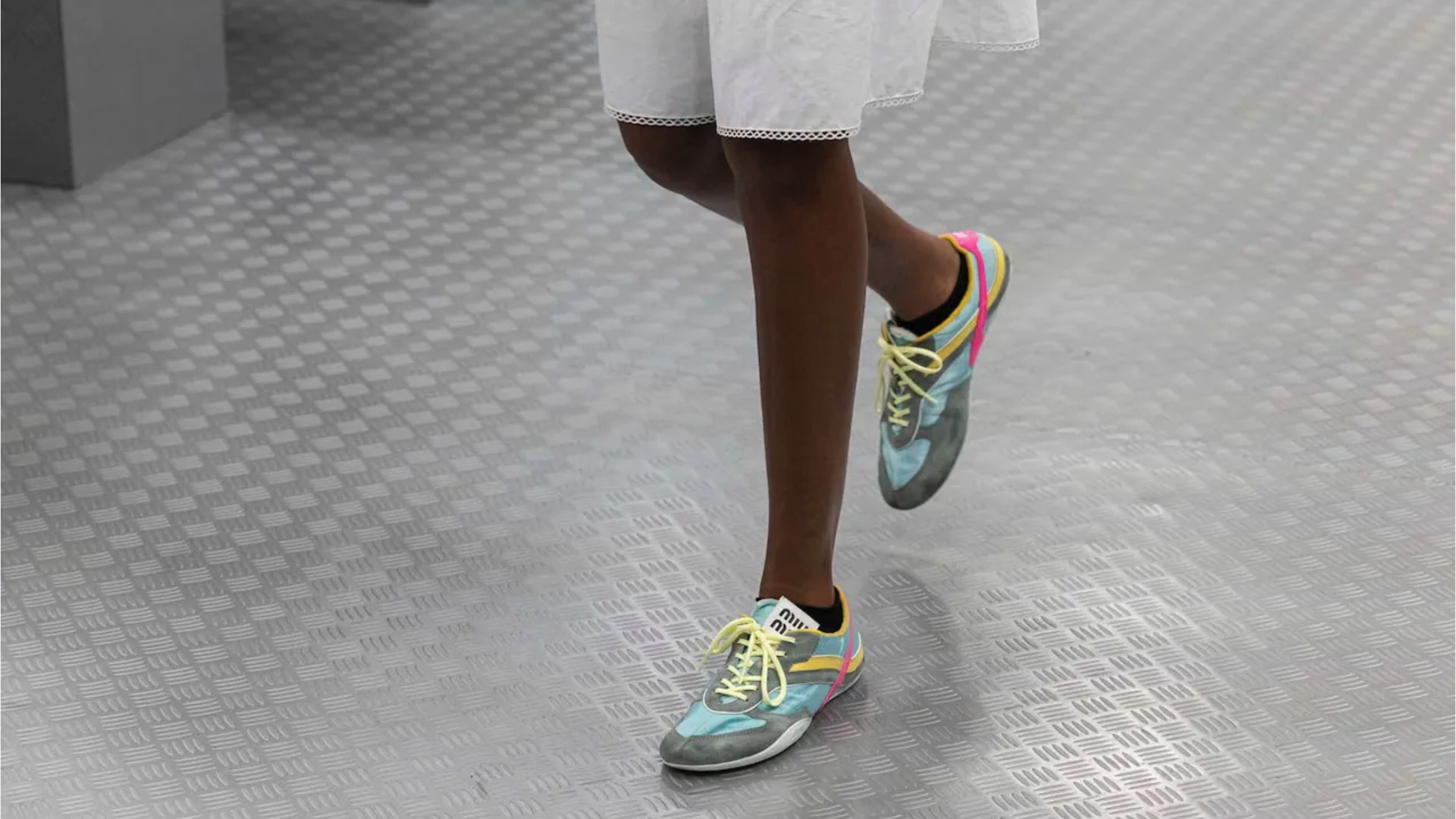 Ten low-pro sneakers that capture footwear’s new streamlined mood
Ten low-pro sneakers that capture footwear’s new streamlined moodSuper-flat soles, narrowed silhouettes: the low-profile sneaker is this season’s defining footwear style. Here, the Wallpaper* style team selects its favourites
-
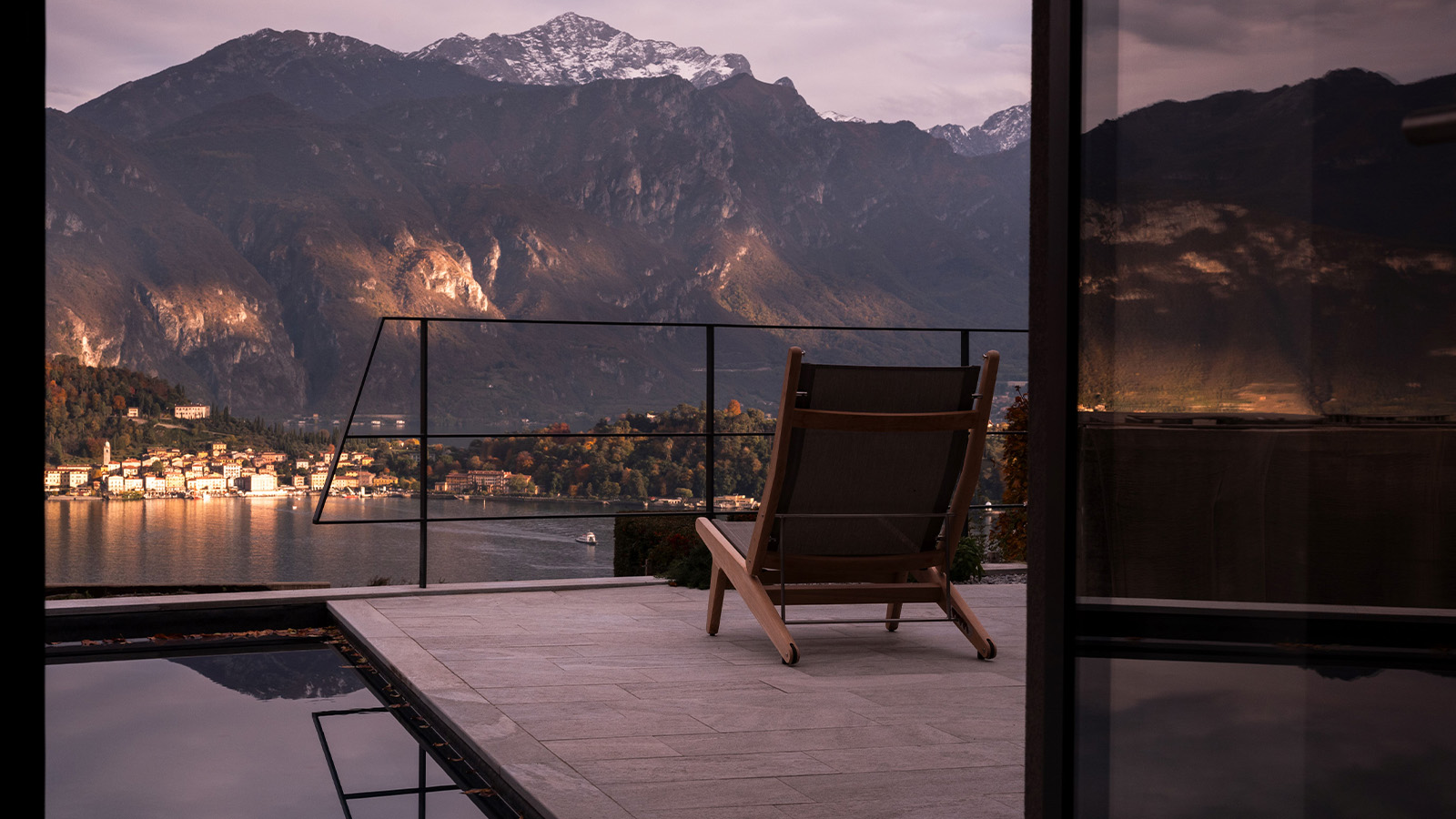 Explore this new Lake Como villa and its powerful, cinematic views
Explore this new Lake Como villa and its powerful, cinematic viewsA Lake Como villa by Tuckey Design Studio celebrates the history of its site and references the surrounding landscape through materiality
-
 2026 Olympic and Paralympic Torches: in Carlo Ratti's minimalism ‘the flame is the protagonist’
2026 Olympic and Paralympic Torches: in Carlo Ratti's minimalism ‘the flame is the protagonist’The 2026 Olympic and Paralympic Torches for the upcoming Milano Cortina Games have been revealed, designed by architect Carlo Ratti to highlight the Olympic flame
-
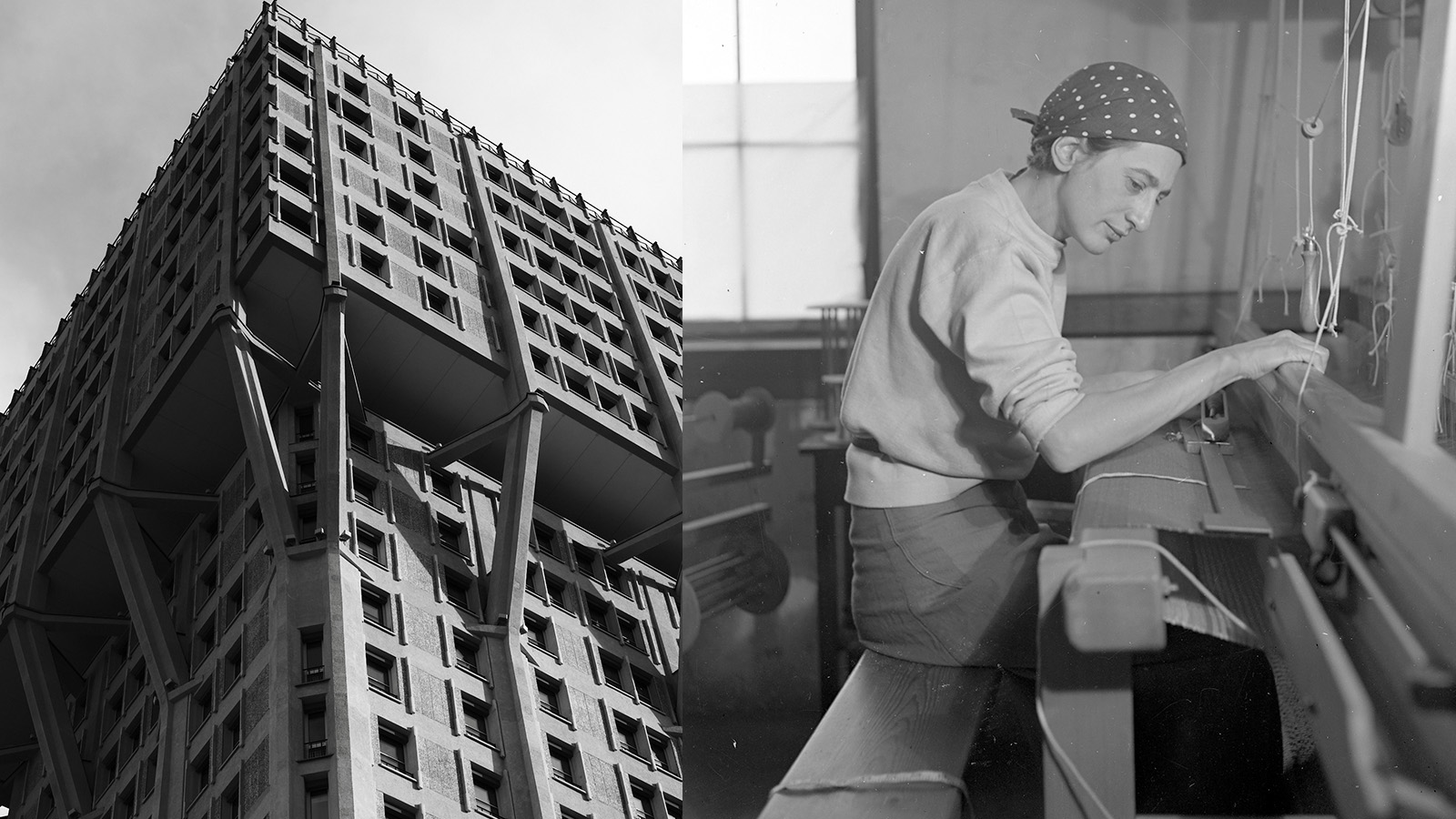 Anni Albers' weaving magic offers a delightful 2-in-1 modernist showcase in Milan
Anni Albers' weaving magic offers a delightful 2-in-1 modernist showcase in MilanA Milan Design Week showcase of Anni Albers’ weaving work, brought to life by Dedar with the Josef & Anni Albers Foundation, brings visitors to modernist icon, the BBPR-designed Torre Velasca
-
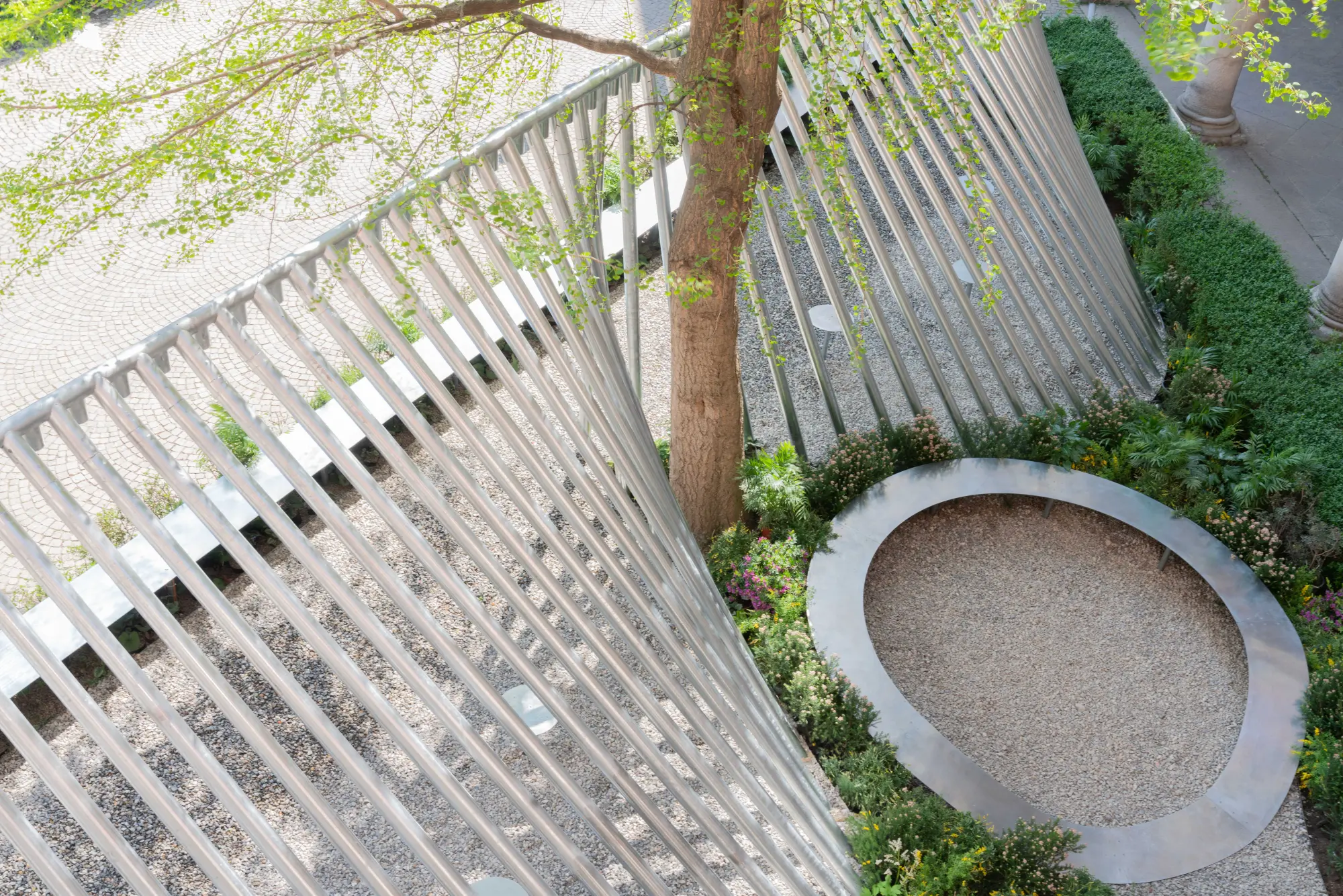 Milan Design Week: ‘A Beat of Water’ highlights the power of the precious natural resource
Milan Design Week: ‘A Beat of Water’ highlights the power of the precious natural resource‘A Beat of Water’ by BIG - Bjarke Ingels Group and Roca zooms in on water and its power – from natural element to valuable resource, touching on sustainability and consumption
-
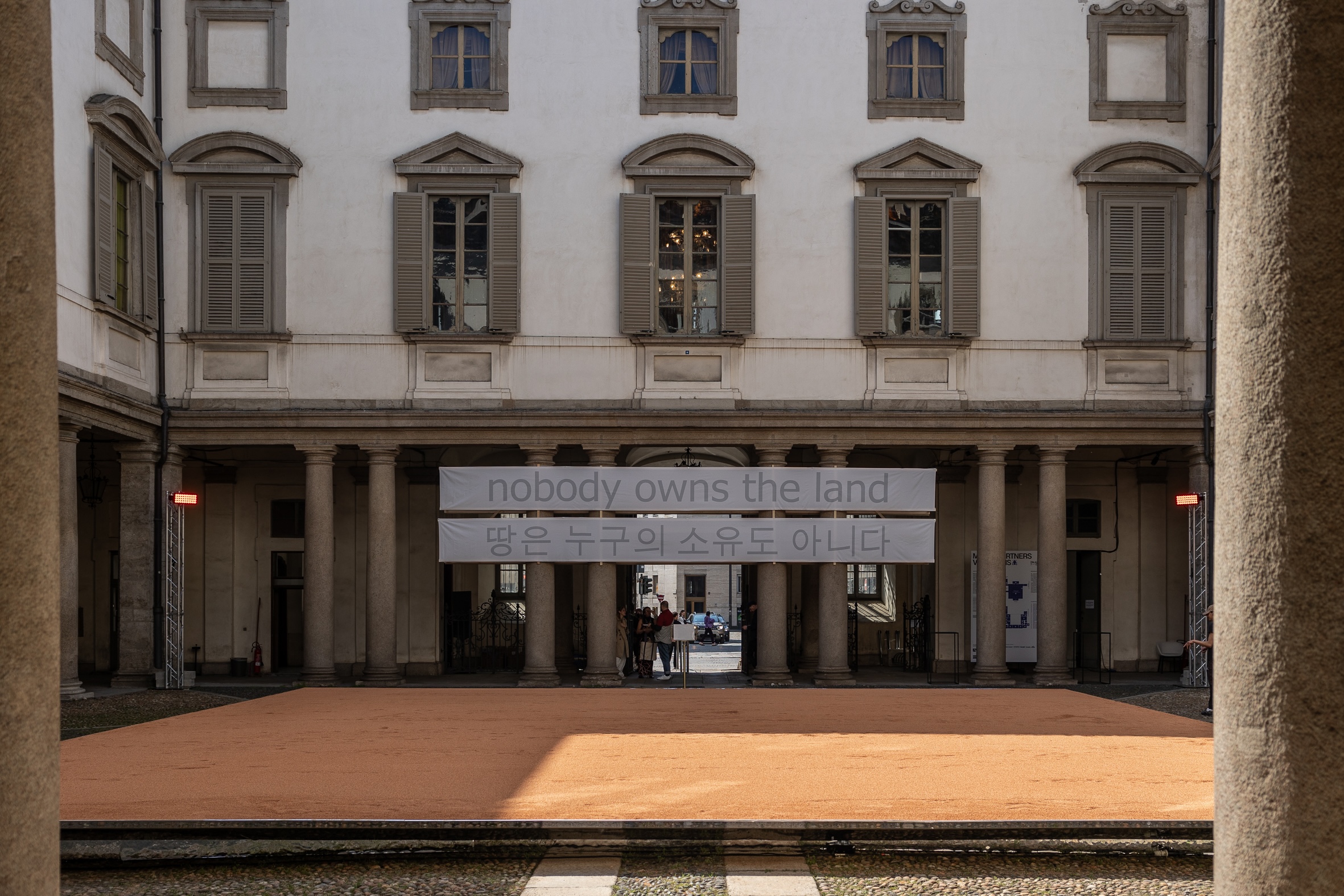 This Milan Design Week installation invites you to tread barefoot inside a palazzo
This Milan Design Week installation invites you to tread barefoot inside a palazzoAt Palazzo Litta, Moscapartners and Byoung Cho launch a contemplative installation on the theme of migration
-
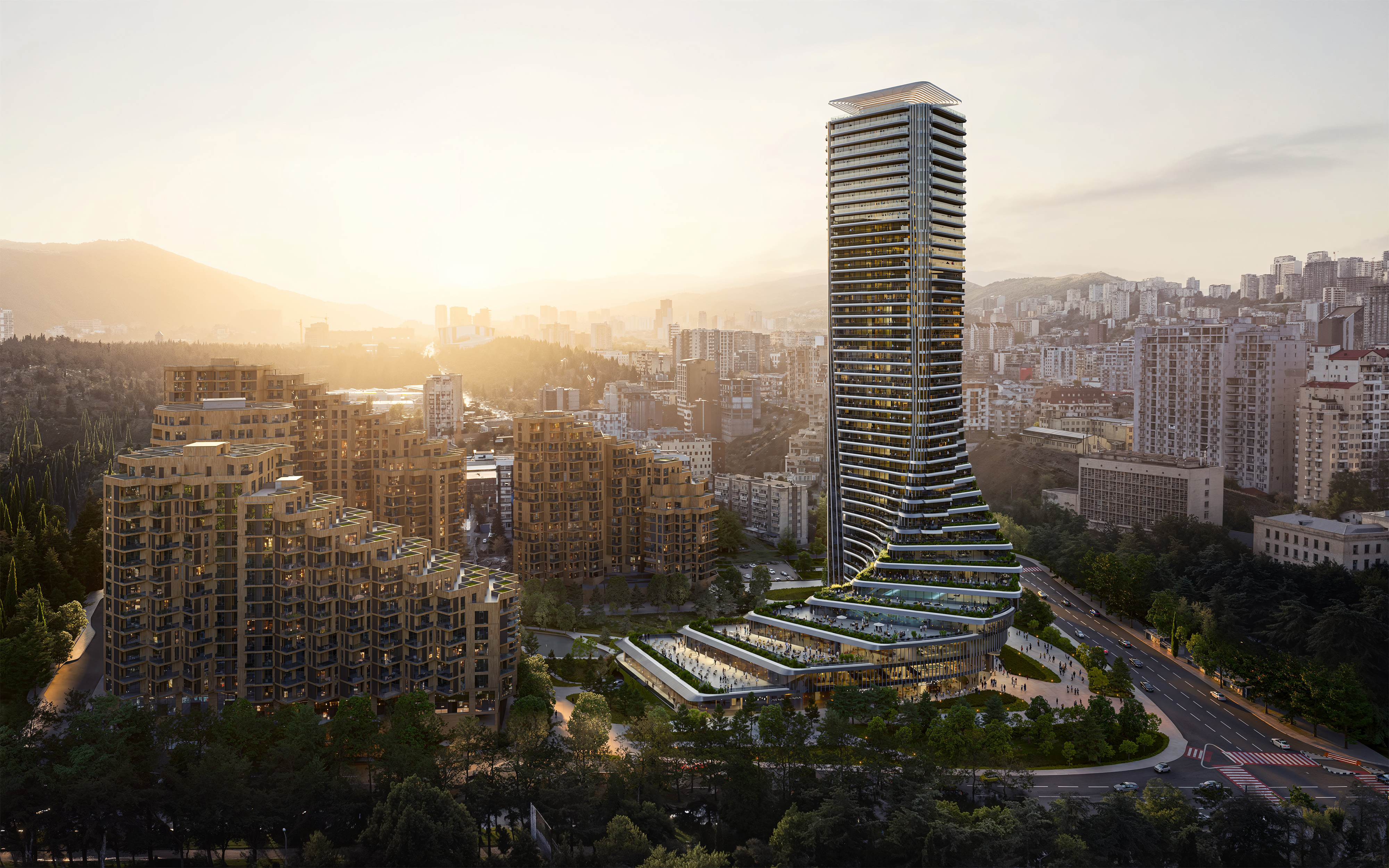 The upcoming Zaha Hadid Architects projects set to transform the horizon
The upcoming Zaha Hadid Architects projects set to transform the horizonA peek at Zaha Hadid Architects’ future projects, which will comprise some of the most innovative and intriguing structures in the world
-
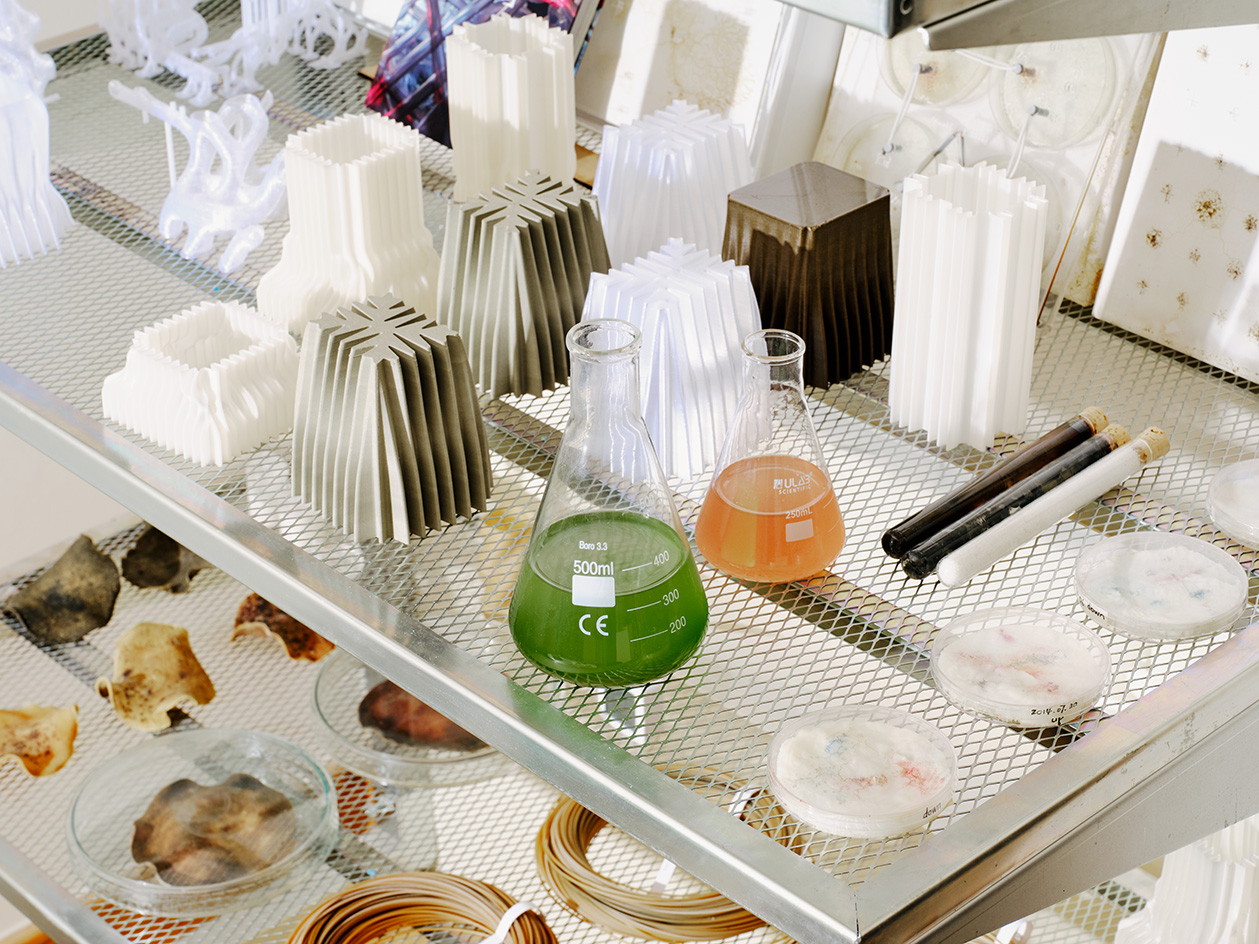 Is biodesign the future of architecture? EcoLogicStudio thinks so
Is biodesign the future of architecture? EcoLogicStudio thinks soWe talk all things biodesign with British-Italian architecture practice ecoLogicStudio, discussing how architecture can work with nature
-
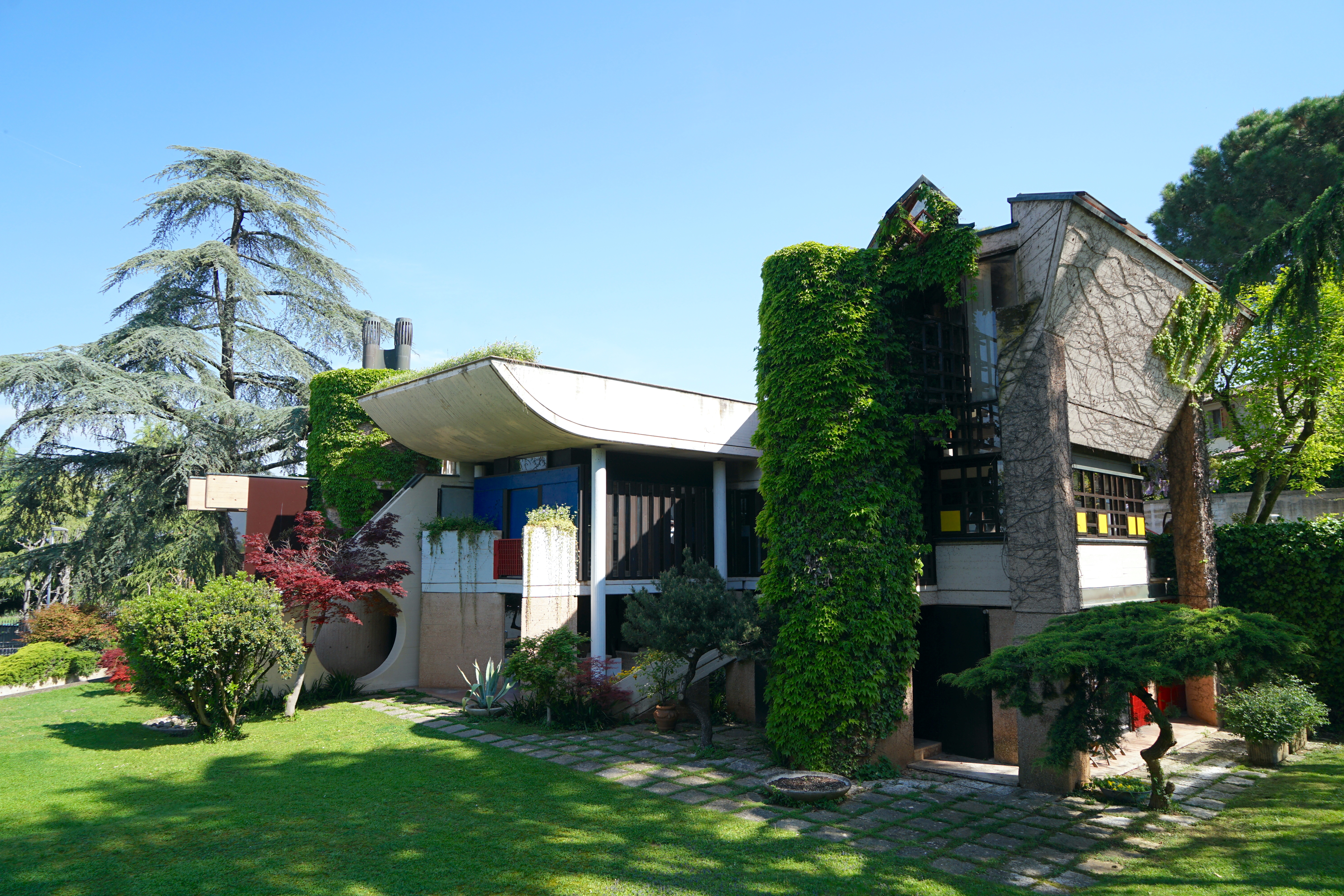 The brutal harmony of Villa Caffetto: an Escheresque Italian modernist gem
The brutal harmony of Villa Caffetto: an Escheresque Italian modernist gemThe Escheresque Italian Villa Caffetto designed by Fausto Bontempi for sculptor Claudio Caffetto